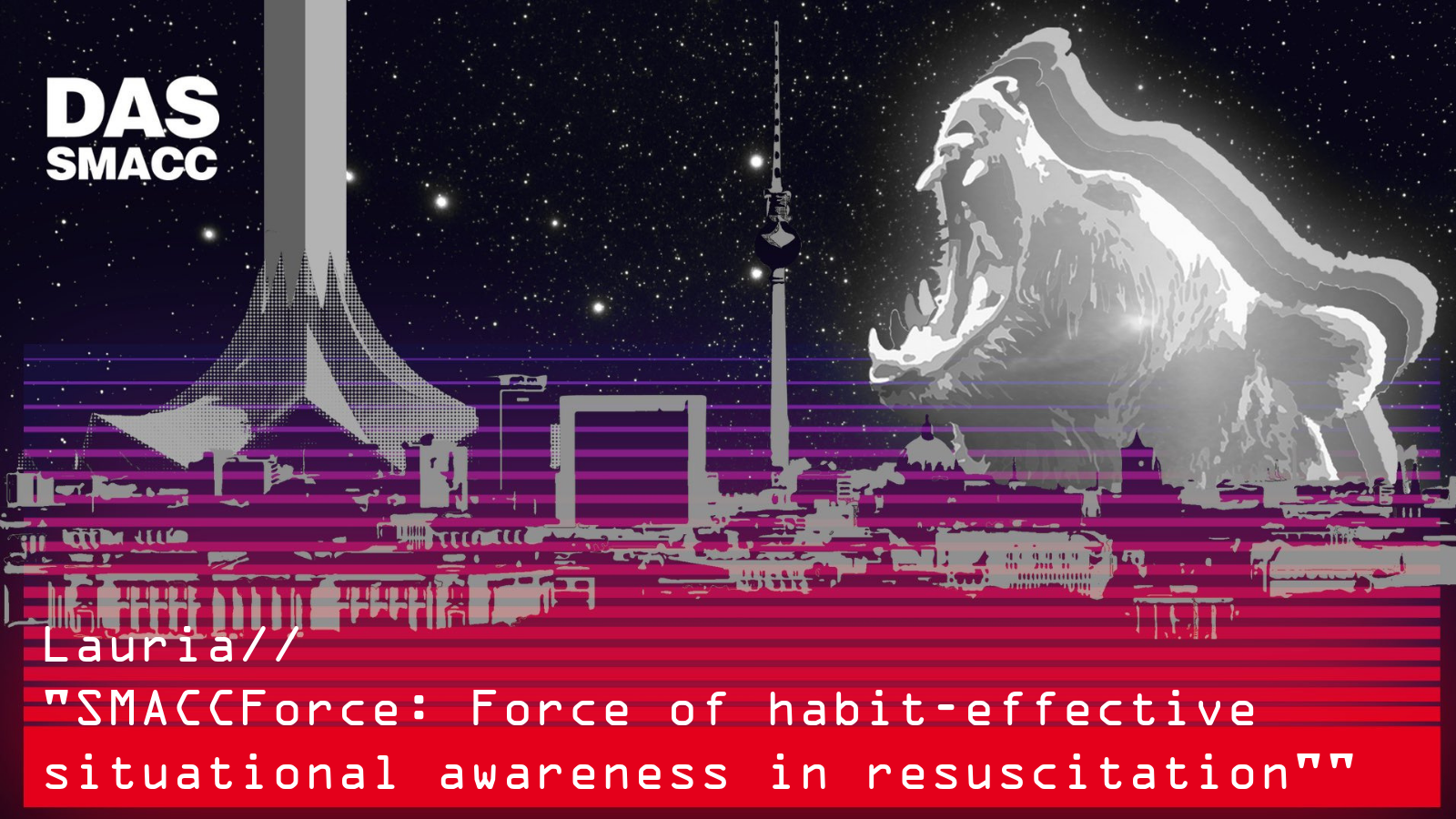Cost effective high fidelity simulation training for performance.
Laszlo Hetzman discusses cost effective high fidelity simulation training for performance in pre-hospital and hospital critical care.
One the great benefits of simulation training is the diversity of training it provides for all levels of experience.
Based on his own hugely positive experiences of simulation, Laszlo was compelled to implement effective simulation in his country. The trouble was budget constraints. However, Laszlo will show you that low budget does not necessarily mean low fidelity.
Successful simulation relies on three areas of fidelity.
These are equipment, environmental and psychological fidelity. Life like equipment, life like environment and a strong fiction contract.
The later referring to the agreement that is held between all participants and trainers that the plastic mannikin they are working on is a real-life dying patient that they must help. Laszlo divulges seven tips and tricks he has developed to make training with any budget effective and to help sign the fiction contract for less!
First, use real stories in your scenarios. Get credible and well-prepared instructors – they paint the picture of the training scenario. With good instructors it is possible to minimise “God’s voice” (instructions coming from people external to the scenario.) It is useful to use participants voices, or cheap applications to deliver vital signs, and having distractions/actors to steer the scenario.
Similarly, background noise (be it farm noise, train stations or industrial sounds) can be found on YouTube. These enhance the emotions of the situation. Clothing is important – Laszlo stresses everyone in the scenario should be dressed up to resemble the role they are playing.
Additionally, models and mannikins can be altered cheaply and easily using whatever is lying around the ward or house. On the same theme, think outside the box when considering equipment. DIY is a magical thing.
Laszlo describes how he has used useless junk to do everything from making ultrasound probes to simulating a thoracotomy.
Finally, be sure there are no spoilers. Help all participants to be believable with their actions and words and to stay in character to enhance the experience for all. Follow these simple tips to make all simulation experiences the best they can be. As Laszlo says, medium fidelity rules.
For more like this, head to our podcast page. #CodaPodcast





